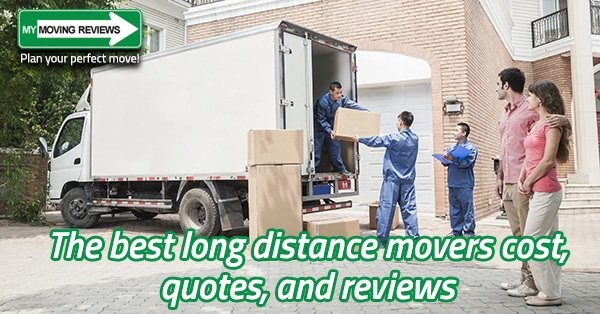Breaking Down Long-Distance Relocation with Insider Advice
Breaking Down Long-Distance Relocation with Insider Advice
Blog Article
If you’re planning for an interstate move, you probably have a lot of questions ahead.
This article offers a updated look at how to handle long-distance moving effectively.
Let’s dive into the world of interstate relocation and uncover what it really takes to move to another state.
Why Moving Across States Requires Special Planning
When you cross state lines, your move falls under federal regulations, typically overseen by the FMCSA (Federal Motor copyright Safety Administration).
For example, some states have agricultural checks, item bans, or specific rules on transporting vehicles.
Most importantly, the logistics are more complex: possible weather impacts come into play.
Tips for Choosing the Best Interstate Movers
Sites like Better Business Bureau and FMCSA’s mover search tool are great resources for screening movers.
Ask about additional fees such as fuel surcharges, long carry charges, or storage if needed.
Taking time to vet your moving company can save you stress, money, and avoidable delays.
What Determines the Price of an Interstate Move?
Several factors shape the price of interstate moving services. The biggest is distance—the longer the trip, the higher the fuel, labor, and time costs.
For long-distance moves, some companies offer flat rates, while others charge per pound or cubic foot. Make sure you understand the pricing model before signing.
Lastly, access conditions impact costs.

How to Plan and Organize Your Interstate Move
Proper planning is the pequenos carretos em jundiai foundation of a transportadora de mudanças sorocaba successful interstate move. Start by creating a timeline—ideally 8–12 weeks before your move date.
Decide what to sell, donate, or discard to reduce weight and save on moving costs. Less volume often translates to lower transport fees, so decluttering pays off.
Finally, prepare an essentials kit for the days surrounding your move.
Understanding Your Moving Options
Partial-service movers let you pack your own boxes while they handle transportation and heavy lifting, reducing costs.
This can be more affordable but requires more personal effort.
When comparing services, consider your priorities: Do you value convenience or budget?

Common Mistakes to Avoid in Interstate Moving
Many people wait too long to book movers, only to find limited availability or higher rates.
Hiring unlicensed companies or falling for low-ball quotes can lead to scams, damaged goods, or lost belongings.
Using cheap boxes, skipping labels, or failing to protect fragile items increases the risk of breakage.
Tips for Saving Money on Interstate Moving
To cut costs on interstate moving, start by downsizing.
Next, compare quotes carefully.
Lastly, consider doing part of the work yourself.
Conclusion: Making Your Interstate Move a Success
In summary, a successful interstate move depends on careful planning, smart budgeting, and choosing the right service providers.
By following expert tips and avoiding common mistakes, you can reduce stress and ensure your belongings arrive safely.
Best of luck on your journey to a new home!
FAQ About Interstate Moving
How can I save money on an interstate move?
You can also pack and load yourself to cut labor costs while hiring movers only for transport.
What’s the best timeline for booking interstate movers?
Early booking secures your preferred dates and gives you time to prepare.
What items are movers not allowed to transport across state lines?
Movers typically won’t transport hazardous materials, perishables, firearms, or plants across state lines.
Do I need extra coverage for my interstate move?
You can purchase full-value protection for higher-value items or third-party insurance for extra peace of mind.
Can I track my belongings during an interstate move?
Many professional interstate movers offer shipment tracking systems or regular status updates.
Report this page